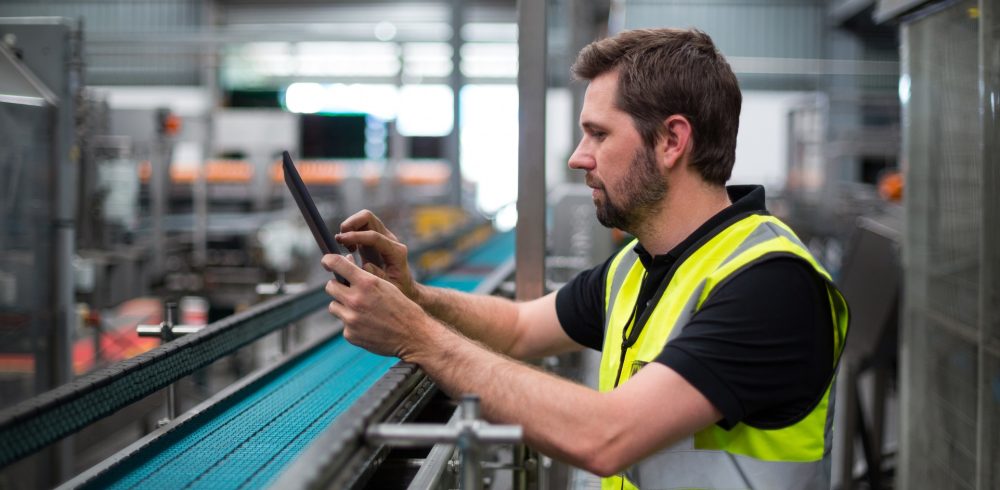Cutting Machinery Risks – an Expert Guide for Manufacturers : Guest piece written by; Geraint Evans – Senior Health & Safety Consultant – Southalls
The inherent hazards of machinery work make the manufacturing sector a top target for HSE inspections. However, the vast majority of the industry’s safety incidents – and spiralling financial penalties – are entirely preventable.
The compliance specialists at Southalls share the inside track on avoiding accidents, safeguarding staff and minimising machinery-related risks across your business.
Recognise and assess the risks
Every machinery-led manufacturing process poses unique dangers – from crushing, shearing and entanglement to impact and ejection – so it’s critical to pinpoint your site’s specific threats with a comprehensive risk assessment.
The industry-recognised Hierarchy of Control is a practical starting point, designed to methodically eliminate or reduce risks, and establish appropriate safety strategies. A step-by-step audit of each task and tool could prompt possible solutions, including:
- Removing the hazard completely
- Adding physical controls, such as machinery guards, isolators, locking mechanisms and emergency ‘off’ switches
- Devising safe systems of work for equipment use and maintenance
- Providing suitable PPE – from safety glasses to hearing protection

Apply correct controls
Once risks have been identified, best practice controls and procedures should be implemented to ensure the safe use of machinery – by every worker, on every job.
Guard against injury. Guards are essential safety measures to prevent injury and should be standard across every manufacturing site. Blocking access to potentially lethal machine parts, guard options range from fixed or moveable interlocked models through to laser and light sensors, trip wires or pressure pads to shut off moving components if operators enter the ‘danger zone’.
Plan for every task. As well as safeguarding everyday equipment use, take steps to protect staff during non-routine responsibilities like cleaning, changing blades and freeing obstructions. In these instances, employees should use a permit to work and isolate machine power with a ‘lock off procedure’. If it’s necessary to maintain power, consider using hold-to-run controls and limited speed operation.
Prioritise checks and maintenance. Make preliminary checks a daily duty for all operators, confirming each machine part and safety control is fully functional before use. An ongoing maintenance programme should highlight any damage and deterioration and ensure equipment is consistently fault-free and in line with the manufacturer’s spec.
Train and supervise staff. Regularly train your team on the proper use of machinery – including ad hoc requirements such as servicing, blockage removal and emergency procedures. Follow up with competency assessments to test understanding and ensure operators are supervised by qualified, knowledgeable personnel back on the floor. An online safety management tool such as Southalls’ Safety Cloud streamlines the entire process, with tailored e-learning modules and real-time reporting to track accident trends and monitor performance improvement.
To learn how Southalls’ H&S consultancy services can actively prevent machinery-related incidents in your business – and lighten the load of your legal compliance requirements – visit southalls.com.
Manufacturing & Engineering Magazine | The Home of Manufacturing Industry News















